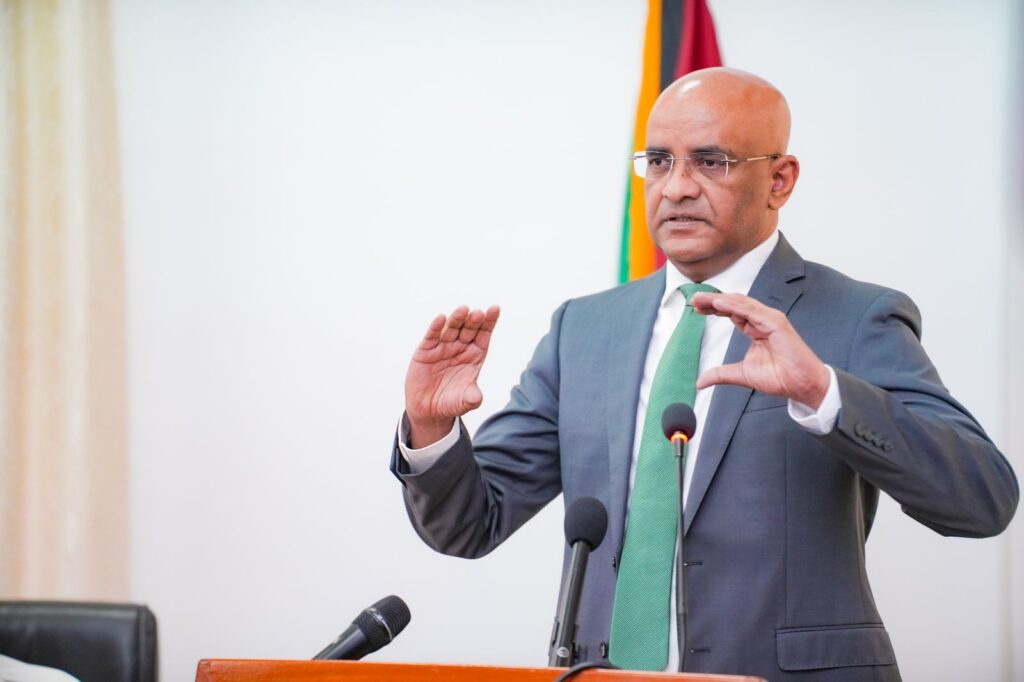
Cheaper electricity, a long-pursued goal of Guyana, is closer now that the government has received five bids for the construction of the power plant and natural gas liquids (NGL) plant at Wales, West Bank Demerara (WBD).
Both plants are part of the massive Wales gas-to-energy project that will see energy produced from natural gas found in oil fields offshore.
Vice President Dr. Bharrat Jagdeo, during an online forum on Tuesday night, highlighted that the government received five bids ranging from US$450 million to US$900 million for the construction of the two plants.
Once the government selects one of the bidders for the project and eventually inks the contract, the establishment of the project will proceed. It is expected to be completed in 2024.
According to Jagdeo, the government had estimated that the establishment of the two plants would cost about US$750 million. The government’s estimate falls within the range of the bids submitted.
Additionally, the government estimates that the pipeline which will transport the gas from the oil fields offshore to Wales (onshore) should cost about US$1 billion.
What is important about this project, the Vice President underscored, is that it will allow Guyanese to benefit from a significantly lower cost of energy.

“At US$1.7 billion [the estimated combined cost of the pipeline and plants], we will build this project, we will pay back for that project and we’d be able to generate power at five cents per kilowatt hour,” he explained.
The natural gas used to fire the power plant should be free of cost. This contributes to the low expected cost of electricity.
Currently, Dr. Jagdeo said consumers pay about 30 cents per kilowatt hour for electricity. This exorbitant cost is viewed as a burden on the population and has been a deterrent to the development of the country’s manufacturing sector.
“Our total generating cost will be one quarter of basically what currently obtains,” the Vice President emphasised.
For context, the NGL plant is expected to process the natural gas produced offshore to remove other substances (including propane, butane and pentane liquids) for sale to third-party users. At this plant, other products such as cooking gas may be produced.
The remaining dry gas would be treated for use as fuel to support the third-party power plant that should produce some 300 megawatts of electricity- double Guyana’s current production.
During the online forum, it was posited that electricity would be produced at an even lower cost- at some three cents per kilowatt hour- if the government establishes a larger scale renewable energy project.
But Dr. Jagdeo said that is not feasible. He also explained that natural gas is being used as a transition fuel to wean Guyana off of its dependency on fossil fuels (like heavy diesel that is currently used) and use cleaner sources of energy like wind, solar and hydro power.












